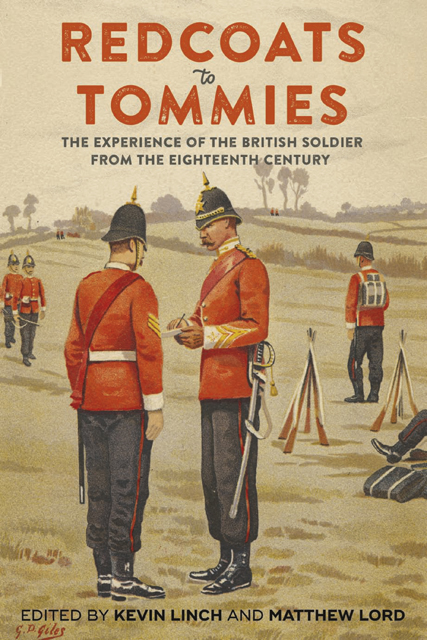10 - ‘Fond of Shooting?’: The Social Bonds of the Indian Army Officer Corps, 1858–1901
Published online by Cambridge University Press: 17 January 2023
Summary
From the transfer of authority to the British Crown from the East India Company (EIC), until 1917, the Indian army was commanded solely by European officers. An Indian officer could not rise above the rank of Risaldar-Major (cavalry) and Subadar-Major (infantry). These roles, as well as the subordinate ranks of Risaldar, Subadar and Jemadar, were effectively a conduit between the private Indian soldiers and their European officers, occupying a space between the non-commissioned officers (NCOs) and the officers, to which there was no equivalent in the British army. The rank of second lieutenant upwards was exclusively European during the Victorian and Edwardian periods. Only in 1917, as recognition for the Indian contribution to the First World War and as an attempt to appease rising nationalism, were a small number of commissions to be awarded to Indians. As a result of the maintenance of the Indian army officer corps as the preserve of European, predominantly British, men, the social and cultural background from which they were drawn was narrow.
The purpose of this chapter is twofold. First, the officers’ background will be assessed and established, creating a general picture of the shared background of Indian army officers. This commonality ensured that men entered the Indian army with pre-existing connections and shared experiences with their fellow officers. Secondly, this chapter will examine the connections officers maintained during their service in the Indian army. The playing of sports and socialising were important parts of army life in India. Making connections this way could help an officer progress his career or gain a favourable posting. Alternatively, failing to make connections, remaining aloof from fellow officers and not partaking in sport could see an officer ostracised. An officer who did not play sport or join in with the various activities in a regiment officer’s mess ran the risk of gaining the mantle of a ‘mug’.
The Military in India
British India was garrisoned, controlled and defended by two separate elements. The first was the British army. The second was a force purposely raised for the subcontinent. Granted royal charter in 1600, the EIC had initially recruited men in Britain to join their own army and be permanently stationed in India.
- Type
- Chapter
- Information
- Redcoats to TommiesThe Experience of the British Soldier from the Eighteenth Century, pp. 213 - 230Publisher: Boydell & BrewerPrint publication year: 2021

